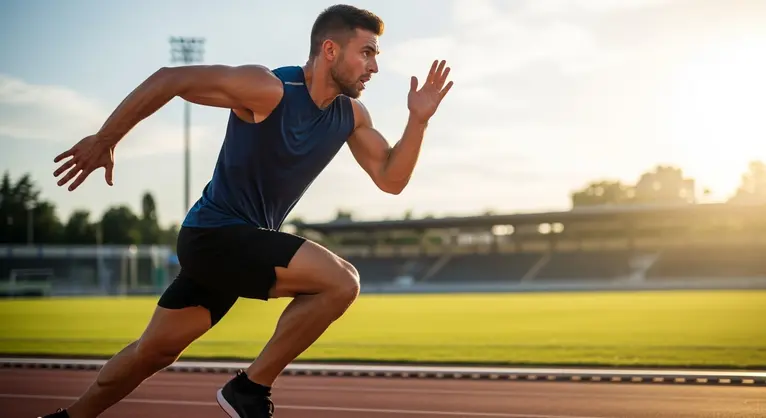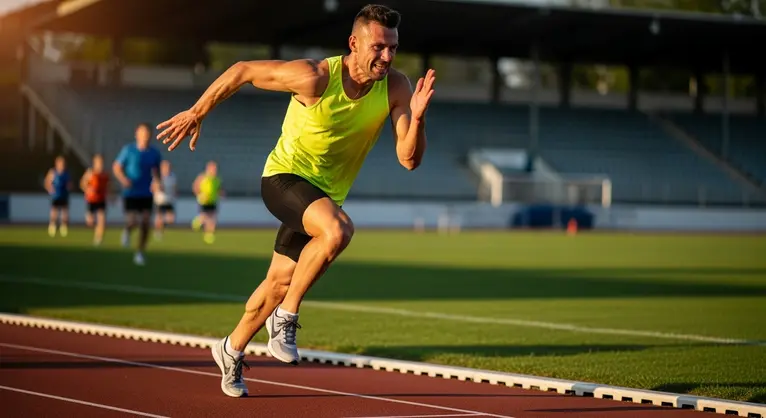The Smart Guide to Recovery & Injury Prevention for Fitness Enthusiasts
By [Your Name], Lead Content Writer & Fitness Expert at GymPulse
Whether you’re training for a marathon, managing your first gym membership, or simply dedicated to living an active life, one thing is universal: recovery and injury prevention are the keys to sustainable progress. As someone who’s spent over a decade helping athletes and enthusiasts stay in top form, I’ve seen firsthand how smart recovery can transform results—and keep you moving for life.
Let’s break down what science, experience, and modern tech teach us about staying strong, bouncing back, and avoiding setbacks.
Why Recovery Should Be Part of Your Training Plan
Have you ever heard the saying, “Growth happens during rest, not just work?” It’s spot-on.
The Science of Recovery
When we challenge our muscles, joints, or cardiovascular system, we’re essentially applying stress. Recovery is how our bodies repair, adapt, and get stronger.
There are several types of recovery:
- Active Recovery: Light movement (like walking or yoga) increases blood flow and accelerates healing.
- Passive Recovery: Complete rest is valuable after intense efforts—think deep sleep, or a well-earned rest day.
- Sleep: Quality sleep is the unsung hero here. It enables muscle repair and hormonal balance.
- Nutrition: Protein, carbohydrates, healthy fats, and micronutrients all play a direct role in rebuilding tissue.
Technology and Recovery:
Now, smartwatches and recovery apps (like WHOOP, Oura, or Garmin Connect) give insights into sleep quality, stress levels, and readiness. These tools help you listen to your body in ways once reserved for elite athletes.
Common Injuries in Fitness—and How to Spot Them
No one starts their fitness journey expecting an injury, but awareness is half the battle. Here’s what to watch for:
- Strains and Sprains: Overuse, poor technique, or too much intensity, too soon. For example, an eager runner might develop “runner’s knee” from skipping mobility work.
- Shoulder Impingement: Common in lifters and swimmers, often due to poor posture or weak stabilizing muscles.
- Lower Back Pain: Can come from improper lifting mechanics or lack of core support.
Pro Tip:
Early warning signs are stiffness, lingering soreness, or pain that doesn’t improve with rest. Don’t ignore these—spotting them early can save months of frustration. For more detailed help on managing injuries, check out our injury recovery checklist for step-by-step guidance.
How to Recover Like a Pro: Best-Practice Strategies
Recovery isn’t just about doing nothing—sometimes it means making smart, active choices.
- Plan Regular Rest Days: These aren’t signs of weakness; they’re part of the program.
- Focus on Nutrition: A balanced meal after training (carbs + protein!) helps replenish energy and repair muscles.
- Stay Hydrated: Dehydration delays recovery and impacts everything from muscle function to mental clarity.
- Stretch and Mobilize: Short, post-workout routines can prevent tightness and keep joints happy.
- Embrace Modern Wellness: Many fitness clubs now offer recovery rooms, compression boots, or massage tools—take advantage if you can.
Real-Life Example:
A seasoned amateur triathlete I coached for years improved her times—not by adding more sessions, but by investing in guided sleep routines and strategic rest weeks.
Injury Prevention: Smarter, Not Harder
Preventing injury is about setting yourself up for worry-free progress.
- Warm-Up & Cool-Down: A dynamic warm-up primes muscles; a gentle cool-down eases the transition to rest.
- Progress Gradually: Follow the 10% rule—don’t increase your workload by more than 10% per week.
- Cross-Train: Mix up your activities. This balances muscle groups and lowers repetitive strain risk.
- Monitor Workload: Use training logs or apps to spot patterns of fatigue.
Tailor to Yourself:
Beginners may need extra rest, while experienced athletes might focus on mobility and workload variety. Older adults benefit from low-impact cross-training and longer recovery windows.
When to Seek Professional Help
Sometimes, recovery and rest aren’t enough. How do you know when to see a specialist?
- Red Flags:
- Sharp, persistent, or worsening pain
- Swelling that doesn’t fade
- Inability to bear weight or move a joint
- Numbness or tingling
In these cases, seeing a physiotherapist or sports doctor is the best move. They’ll help you return to activity safely and may reveal underlying issues you hadn’t spotted.
Your Takeaway: Invest in Recovery, Play the Long Game
Prioritizing recovery and injury prevention isn’t just for elite athletes—it’s the bedrock of a healthy, vibrant lifestyle at any level.
Remember:
- Listen to your body (and use technology when available)
- Make rest, nutrition, and mobility a regular part of your routine
- Don’t hesitate to seek guidance when things feel “off”
The smartest fitness enthusiasts aren’t the ones who never slow down—they’re the ones who keep coming back stronger, year after year. Here’s to your healthiest, most resilient self!
Have a recovery story or question? Share it with the GymPulse community below!

